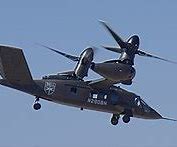
The Indo-Pacific theater presents a strategic military challenge unlike any other, combining vast oceans, myriad islands, and a mix of friendly, neutral, and adversarial nations.
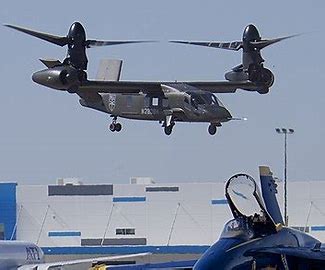
With the U.S. Army’s recent procurement of the V-280 Valor tiltrotor aircraft and ongoing defense strategy realignments, the U.S. military is gearing up for potential conflicts in this complex environment. The V-280 Valor, a next-generation aircraft, is poised to become a crucial asset in shaping future U.S. military presence in the Indo-Pacific.
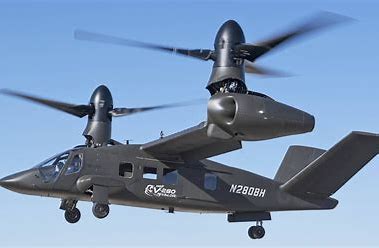
The stakes in the region are high, with the U.S. committed to defending not just its own territories, such as Guam and the Northern Marianas Islands, but also treaty allies like the Philippines. The V-280 Valor, with its impressive range exceeding 2,000 miles and speed over 300 miles per hour, is designed to enhance the Army’s ability to swiftly and effectively respond to threats across the vast Pacific expanse.

The tiltrotor’s advanced capabilities enable it to “fly high and fast like an airplane” while offering the maneuverability of a helicopter, which is essential for expeditionary operations in the dispersed and diverse terrain of the Indo-Pacific.
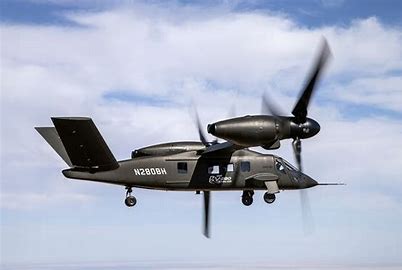
According to the U.S. Army’s vision, the V-280 will play a strategic role in “shaping security environments” and “preventing conflict.” However, it is not without its skeptics, who question the wisdom of inserting small groups of forces into the hotly contested South China Seas.
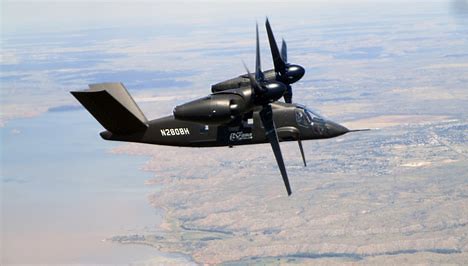
Indeed, the challenge extends beyond mere hardware acquisition; the military must refine its tactics and strategies to adapt to new forms of warfare where air assault and long-range capabilities could determine the outcome of a Pacific conflict.
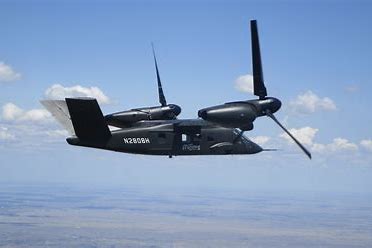
From bases as remote as Hawaii, V-280s could deploy to critical flashpoints such as the Philippines within 20 hours, potentially altering the strategic calculus in the region.
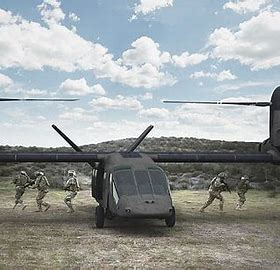
This reimagining of military operations is not just about a single piece of technology, no matter how advanced. The U.S. military must continuously integrate cutting-edge systems and develop cohesive joint force operations that leverage assets across the Army, Navy, Air Force, and Marines.
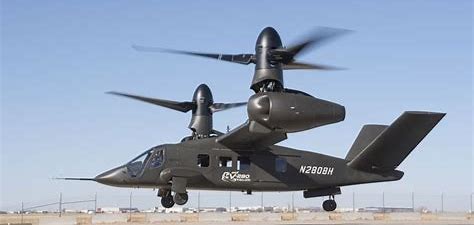
Quality intelligence, precise sensors such as the High Accuracy Detection and Exploitation System (HADES), and advanced systems for cockpit information updates are all part of an intricate web of requirements for successful long-range air assaults.
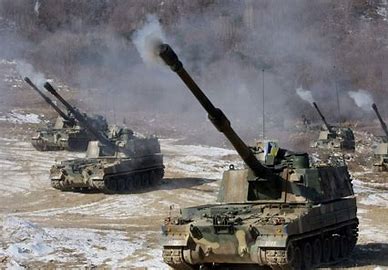
This transformation extends beyond the Pacific. South Korea’s Hanwha Defense is pitching its K9 Thunder howitzer to fill a capability gap in U.S. artillery, signaling a growing recognition that hardware from partner nations will be integral in a future Indo-Pacific conflict.
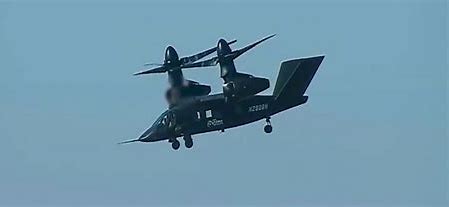
As the U.S. prepares for possible large-scale combat in the region, the Army is not alone. The integration of allied military commands is crucial for building the capacity and interoperability necessary to operate cohesively. Exercises such as those organized by U.S. Army Pacific are instrumental in forging these alliances and ensuring readiness for joint operations.

The V-280 Valor and other technologies such as the K9 Thunder represent a commitment to the future of military operations in the Indo-Pacific, ensuring that the U.S. military not only stays ready but is also prepared to adapt and dominate in a rapidly changing security landscape.
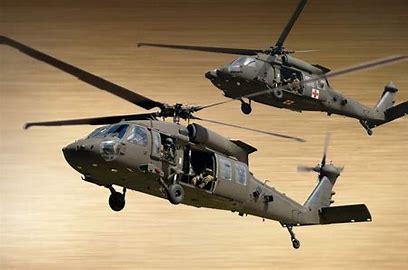
With the U.S. military at a crossroads, facing both institutional and operational challenges, these initiatives signal a strategic shift to ensure that if conflict does arise, the U.S. and its allies are prepared to control escalation and, if necessary, prevail in large-scale combat.

In an era of unpredictable geopolitical currents and rapid technological evolution, the U.S. military’s pivot to the Indo-Pacific with assets like the V-280 Valor highlights a fundamental shift—a move toward agile, rapid response forces capable of shaping and controlling the spheres of conflict.
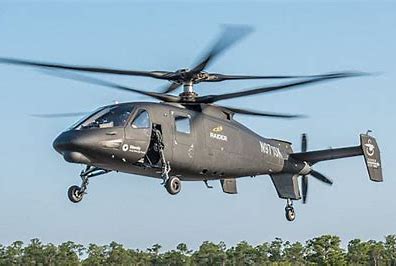
The message is clear: the U.S. military is not only preparing to deter and defend but also to maintain dominance in the ever-critical and complex Indo-Pacific theater.
Relevant articles:
– The concept driving the Army’s air assault plans for the Indo, Breaking Defense
– South Korea’s Hanwha eyeing K9 howitzer demo for revamped US Army initiative, Breaking Defense
– The Indo-Asia Pacific and the Multi-Domain Battle Concept, Army University Press (.mil)
– Preparing for Large-Scale Combat in the Indo-Pacific, Association of the United States Army
